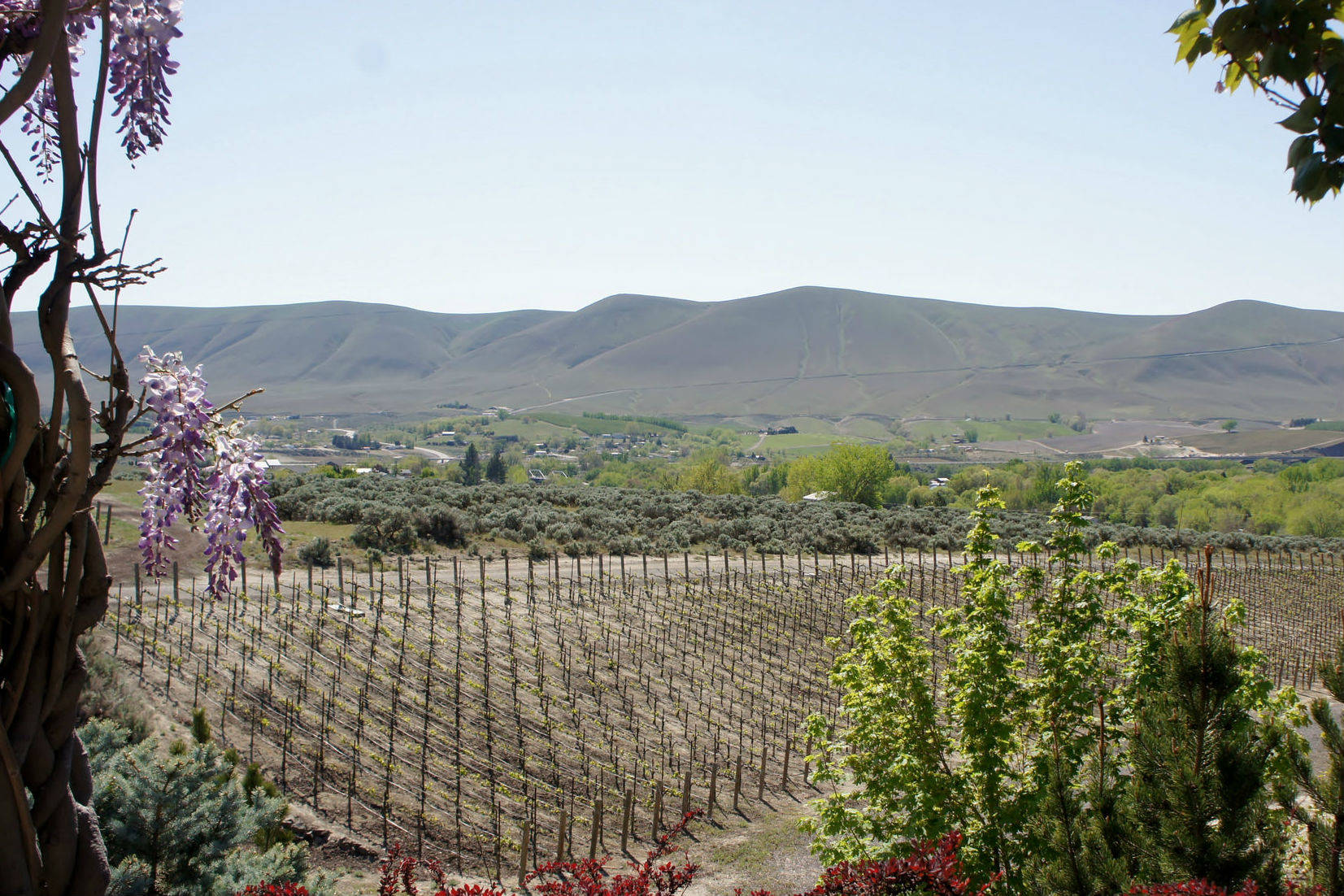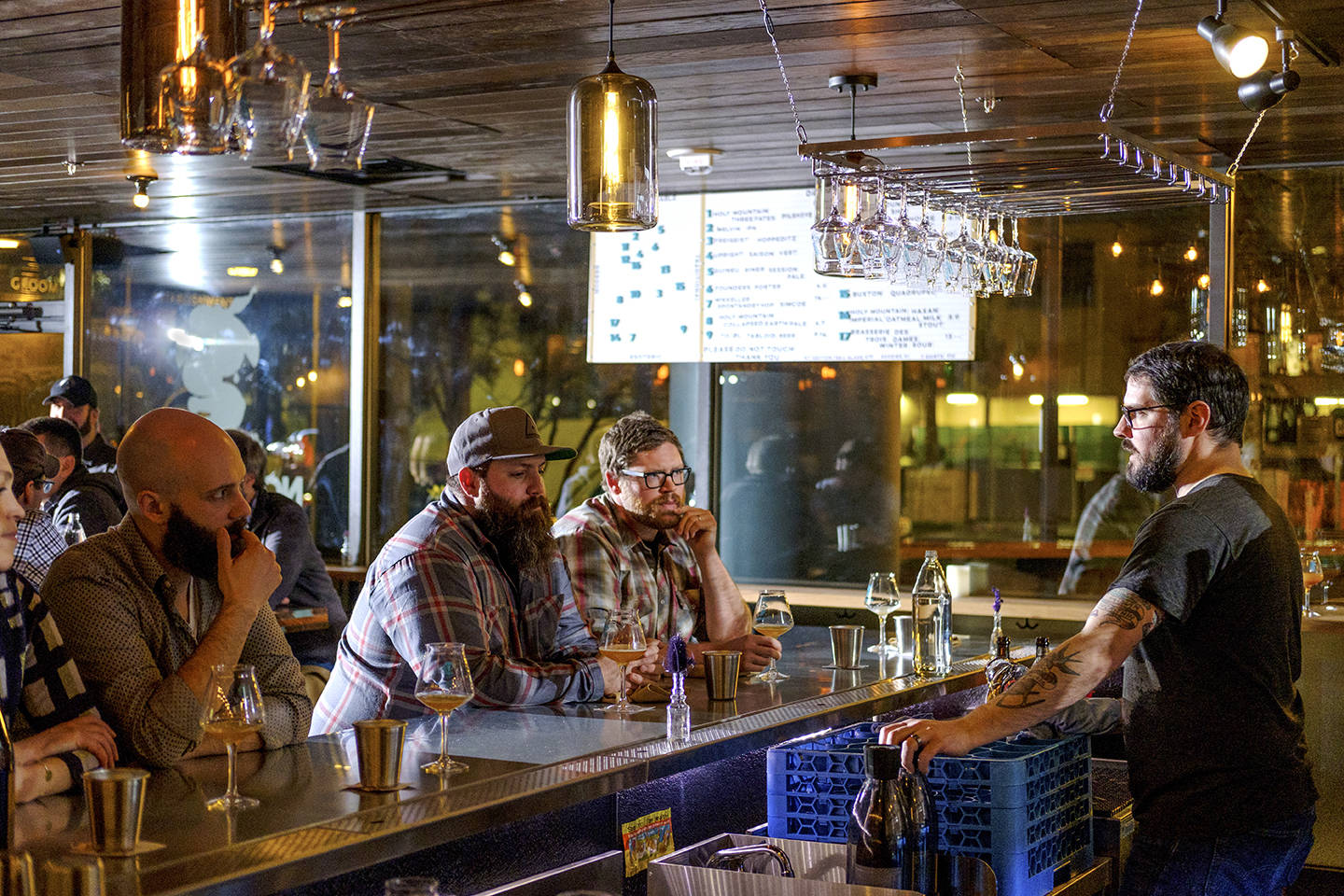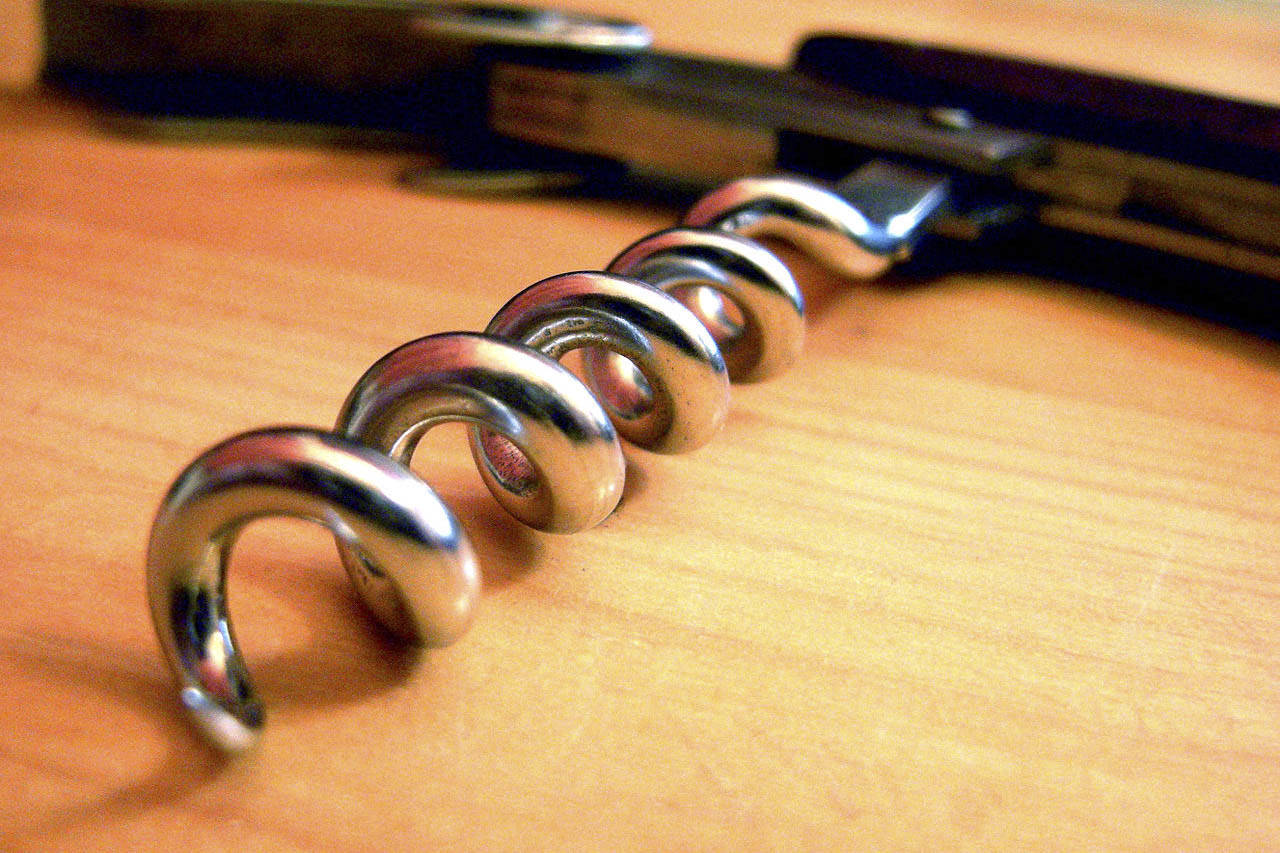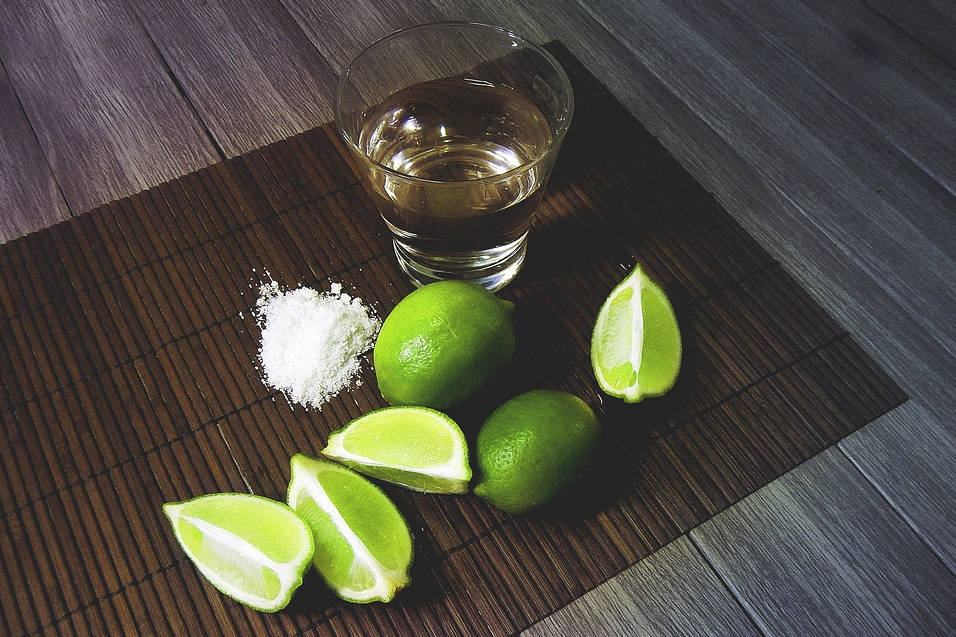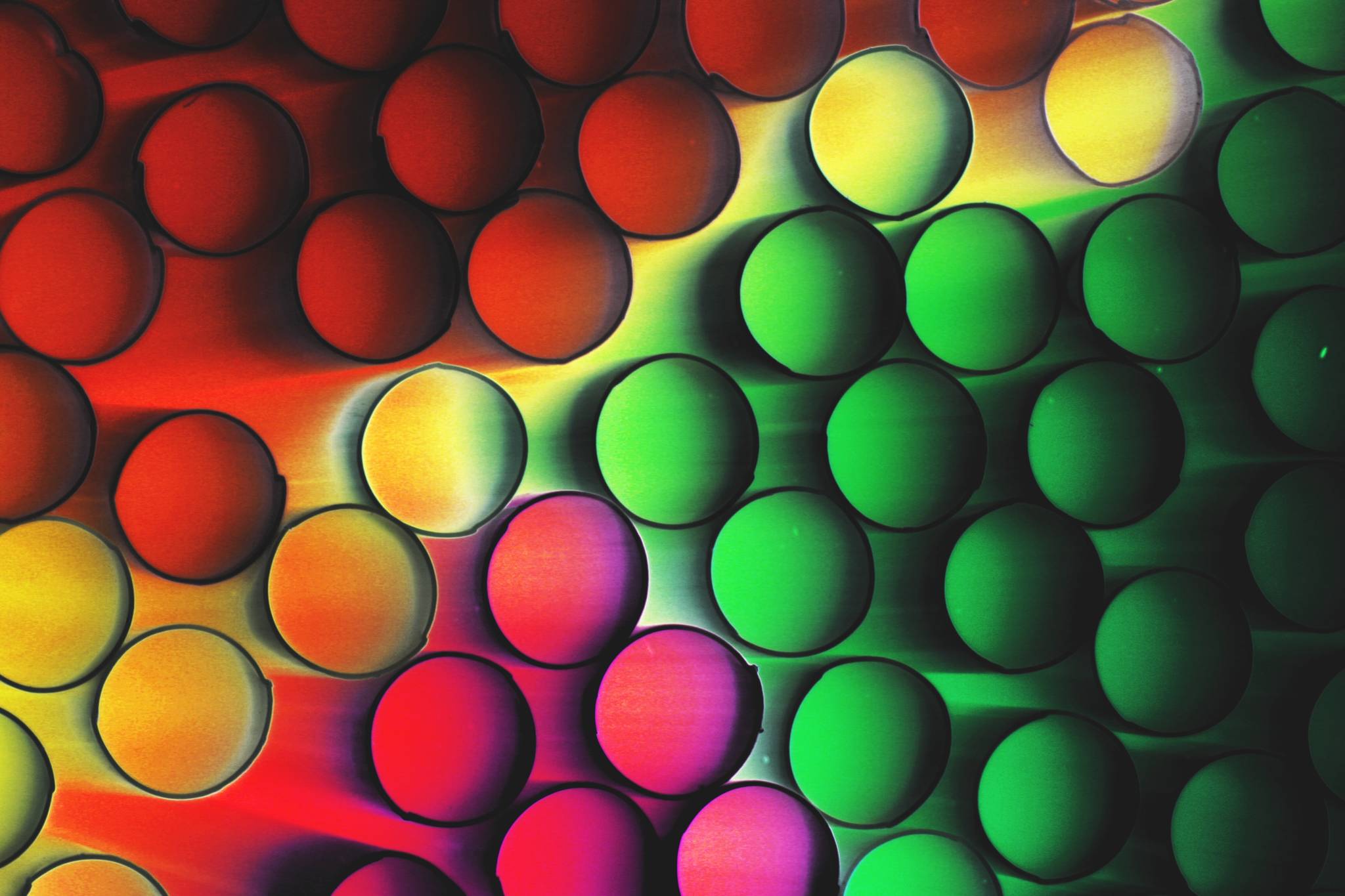Sitting in a room at South Seattle College, taking in the sights, sounds, and smells of the first-ever SOMM Summit, I got to thinking about Seattle’s growth, or lack thereof, as a wine city. Even as our economy and skyline have expanded and changed massively in the past decade, our wine industry both has and hasn’t.
Certainly, production is radically different. As we approach 1,000 wineries in Washington, so much has changed: Woodinville has become not just a winemaking but a wine-tasting destination, and SoDo isn’t far behind. Places and grapes that a decade ago were at best a wild idea have found commercial success. Much of this is due to our extreme loyalty to local wine, which previously might have been ideological but is now justifiable on quality alone.
However, that loyalty has produced an unusual dynamic whereby wines from other regions near and far have struggled to find here the traction they have in other similarly sized markets throughout the country. While the wines of Northern California are well-represented in the Bay Area, they don’t dominate the conversation, and shelf space, as Washington wine does in Seattle.
That’s why SOMM Summit was so encouraging to me. That you could attend seminars held by one of the most prestigious regions on Earth (Bordeaux) and by a place that most people don’t realize makes great wine (South Africa), or could taste wines from Australia and Uruguay side by side, showed that those regions, wineries, and promotional bodies recognize what’s possible here in Seattle.
One of the first things you learn about Washington wine is the tremendous influence the Cascade Mountains have on growing conditions. The rain shadow they create is why the eastern part of the state is so dry, which allows great grapes to be grown there. Analogously, Washington wine itself has been something of an obstacle for other wines to enter Seattle, as it’s hard to totally overcome our longstanding preference for local wines.
That analogy might be a bit tortured, but I do see plenty of signs that the dynamic is changing—not just wine events, though those do put Seattle further on the map, but also the influx of new Seattleites from everywhere, who might want to learn about Washington wine but aren’t necessarily ready to forget about the wines they’ve enjoyed elsewhere. In the end, this increased availability won’t benefit only wine drinkers, but winemakers as well, since the best way to ensure that you continue to make world-class wine is to drink world-class wine from the rest of the world. It’s a strategy we should all consider, winemaker or not.
barcode@seattleweekly.com
